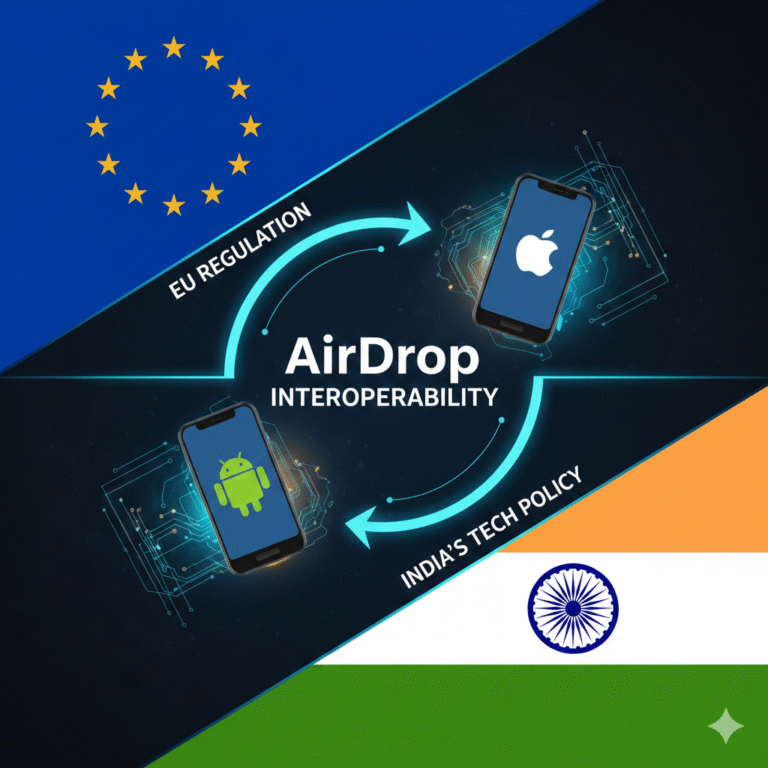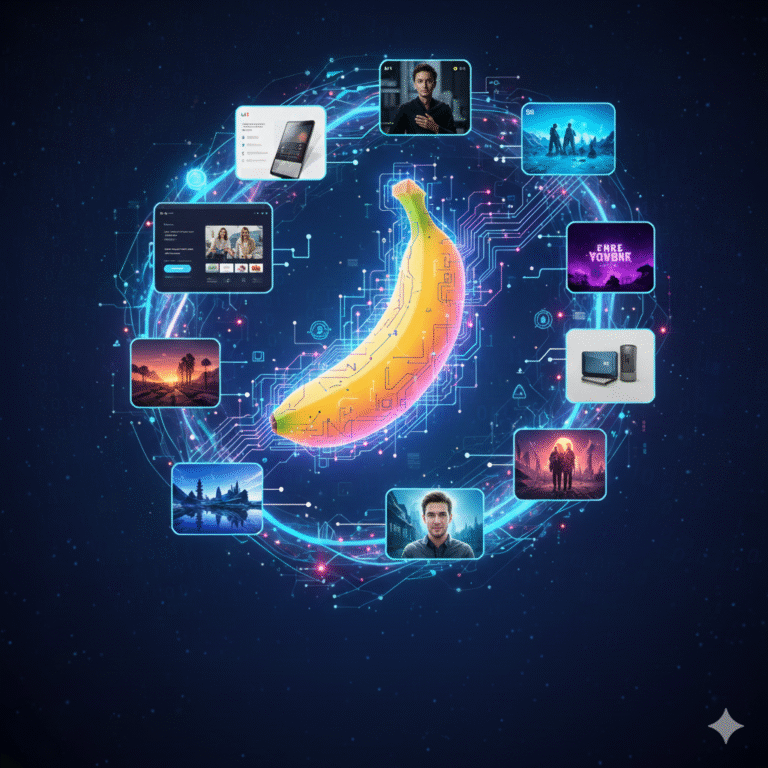The AGI Dream (or Threat?)
Imagine a machine capable of performing any intellectual task a human can—reasoning, planning, creating, and even exhibiting consciousness. This is the promise (and peril) of Artificial General Intelligence (AGI), often referred to as “strong AI.” Unlike narrow AI models like ChatGPT or Gemini, AGI would possess a generalized, adaptable intelligence that can apply knowledge across domains.
But how close are we? Are we on the verge of a revolution—or just dreaming beyond our reach?
Defining AGI: Beyond Narrow Intelligence
Artificial Narrow Intelligence (ANI) dominates today’s landscape: AI that can do one thing very well—like image recognition, speech-to-text, or language generation. But AGI aims for a leap beyond:
- Cross-domain competence: Solve problems in diverse, unrelated fields
- Self-learning: Learn new skills without massive retraining
- Transfer learning: Apply knowledge from one task to another
- Theory of mind: Understand human emotions, intentions, and beliefs
AGI is not just a smarter algorithm—it’s a paradigm shift in cognition.
The Technical Foundations: What AGI Requires
To achieve AGI, several pillars of intelligence must converge:
- Memory and Long-Term Reasoning
- Current LLMs like GPT-4/4o lack persistent memory. AGI would need episodic and semantic memory, mirroring how humans recall past events and general facts.
- Embodied Intelligence
- True general intelligence might require physical grounding, through robotics or sensory input, to understand the world as humans do.
- Unsupervised and Meta Learning
- AGI must learn autonomously, identifying patterns and formulating abstractions from raw data.
- Emotional Intelligence and Social Context
- Understanding jokes, sarcasm, empathy, or negotiation demands more than logic—it needs contextual fluency.
- Self-reflection and Theory of Mind
- AGI should model both itself and others—an internal model of goals, beliefs, and motivations.
- Causal Inference and Planning
- Moving beyond correlations to model causal relationships and formulate goal-directed behavior.
Where Are We Now? Milestones and Gaps
✅ Advancements
- OpenAI’s GPT-4o and Gemini show multimodal capabilities (text, vision, audio) and basic reasoning
- AutoGPT and Agentic AI explore task automation with self-refinement
- DeepMind’s Gato and AlphaCode move toward generalist frameworks
- Anthropic’s Claude 3 and Meta’s Llama 3 show improvement in complex reasoning
❌ Limitations
- Models still fail in abstract reasoning, memory retention, and real-time learning
- No AI has passed a generalized Turing Test across diverse domains
- Alignment, bias, hallucinations, and interpretability remain critical issues
How Will We Know We’ve Achieved AGI?
The field lacks consensus on an AGI benchmark. But possible signs include:
- Consistently outperforming humans on cognitive benchmarks
- Achieving zero-shot learning across unrelated tasks
- Demonstrating goal-oriented creativity and adaptability
- Evolving self-directed, curiosity-driven behavior
Several groups propose evolving the Turing Test, introducing:
- Embodied AGI evaluations (in robotic environments)
- Long-term memory testing
- Moral and ethical reasoning scenarios
Philosophical and Ethical Frontiers
If AGI behaves like a human, is it conscious? If it makes choices, is it responsible?
Key debates include:
- Consciousness vs. simulation: Can AGI be truly sentient or just simulate behavior?
- Rights for AGIs? Should they have legal or moral standing?
- AI alignment: How do we ensure AGI’s goals remain aligned with ours?
The stakes aren’t just academic. A misaligned AGI could be catastrophically dangerous, a concern raised by experts like Eliezer Yudkowsky, Stuart Russell, and Nick Bostrom.
🤔 Did You Know?
In 2023, OpenAI’s Sam Altman referred to future AGI as “magic unified intelligence”—a system that learns like a human, reasons like a philosopher, and scales like a supercomputer. Yet, even he admits we’re not quite there—but we’re building the scaffolding.
AGI vs. Superintelligence
AGI is often a stepping stone toward Artificial Superintelligence (ASI)—a hypothetical entity far beyond human capability.
AGI = human-level capabilities across domains
ASI = exponentially surpasses human intelligence in every domain
The transition from AGI to ASI could be rapid and irreversible, hence the urgent calls for global governance frameworks.
Global Initiatives and Roadmaps
Governments and companies are racing to shape the AGI future:
- OpenAI’s Charter: Committed to building safe AGI and sharing benefits globally
- UK’s AI Safety Institute: Focuses on alignment and risk frameworks
- China’s AGI research programs: Backed by state funding and military interest
- EU’s AI Act: Early moves to regulate high-risk and autonomous systems
Research hubs like MIT, Stanford, Tsinghua, and ETH Zurich are creating open-source frameworks to collaborate transparently.
Conclusion: Are We Ready for AGI?
We may not have AGI yet—but the scaffolding is rising fast. Every milestone, from GPT-4o to multi-agent systems, nudges us closer to a future where machines reason, adapt, and maybe even feel.
The road to AGI isn’t just technical—it’s ethical, philosophical, and societal. And whether AGI arrives in five years or fifty, the choices we make today will determine how safe, fair, and human-centric that future becomes.









+ There are no comments
Add yours